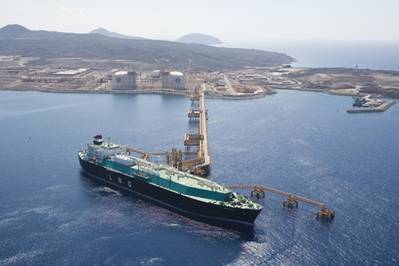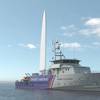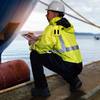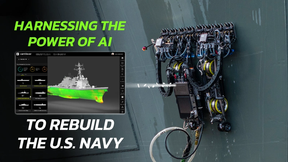AtoBviaC's LNG Review Sets New Industry Standards
With two major LNG conferences taking place this week on opposite sides of the world - the third annual LNG Global Congress in London and the World LNG Series Asia Pacific Summit in Singapore - AtoBviaC, the specialist maritime route provider, has carried out a thorough review of all LNG trades to ensure that key ports and vessel manoeuvres in this important sector remain covered.
LNG vessels are some of the most expensive in the industry, consistently attracting the highest charter rates, and consequently requiring absolute accuracy for voyage and capacity planning, if journeys are to prove financially viable.
“I have to say that I discovered the BP Shipping Distance Tables earlier this year and found a wonderful tool,” said Vincent Guillevic, Shipping Superintendent at Yemen LNG. “Vessels’ schedules are always being modified, and the tables are a perfect way to verify that voyage changes can be done on time. They are also very simple to use with an important list of specific LNG destinations - and options, like being able to manually modify or add waypoints on automatic routes, make this application a must have.”
AtoBviaC has a number of important LNG/LPG operators in its client portfolio; RasGas; GDF Suez; BW Gas; all have chosen BP Shipping Marine Distance tables to guarantee accurate delivery schedules.
“This review is of importance not only to our LNG clients, but also to every vessel owner and operator we work with,” says Capt. Trevor Hall, Director of AtoBviaC. ”We have been able to make sure that our route tables continue to set the standards for routeing and distance information for the maritime industry, delivering high quality, realistic calculations of journey options.
AtoBviaC is the only company which offers routes calculated by Master Mariners. The BP Shipping Marine Distance Tables are widely used within the marine industry and contain all ports, offshore terminals and transhipment areas needed by its many users, particularly: Worldscale; oil tankers; gas carriers (LNG & LPG); the container trade and the bulk shipping of coal and ore.














